The boundaries of accessible travel continue to expand, allowing adventurous souls to experience Earth’s most extraordinary locations. From the highest peaks to the deepest caves, from the coldest settlements to the hottest deserts, these extreme destinations challenge our perception of habitable spaces.
While reaching these places often requires careful planning and specialized preparation, they offer unparalleled experiences for those willing to venture beyond conventional comfort zones.
Here is a list of 19 remarkable destinations that represent the extremes of human accessibility. These locations push the limits of what’s possible in travel while showcasing nature’s most dramatic environments.
Mount Everest Base Camp
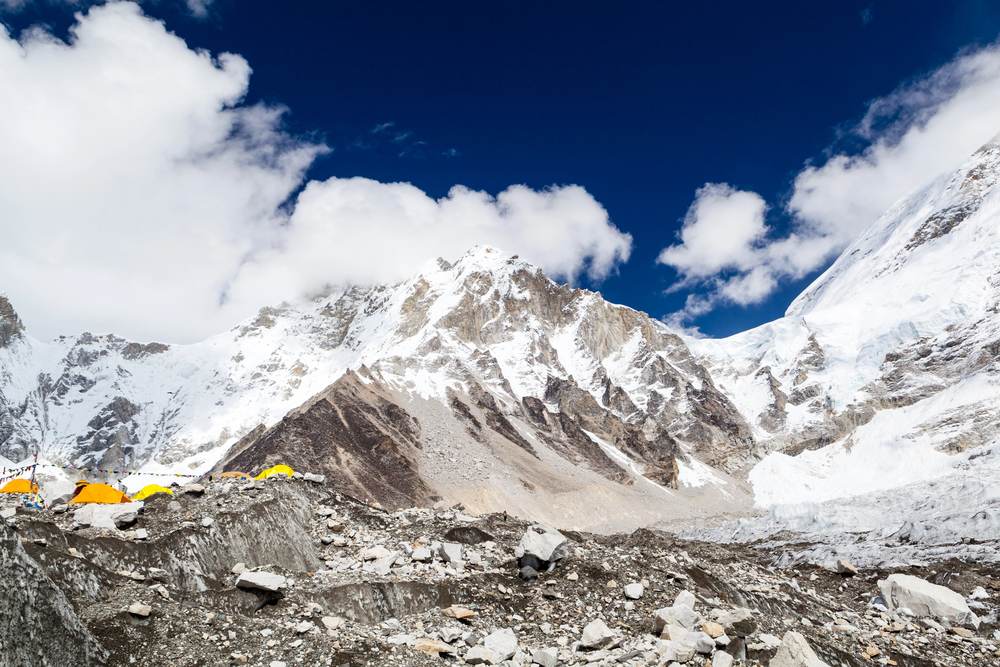
Situated at 17,598 feet, this legendary mountaineering site serves as humanity’s highest regular gathering place. The Nepali base camp offers stunning views of the world’s tallest peak while providing a glimpse into high-altitude expedition life.
Visitors must acclimatize through a carefully planned trek, typically spending 12 days reaching the camp. Local Sherpa guides share stories of famous climbs while managing essential logistics. The extreme altitude requires medical preparation and proper equipment.
Death Valley
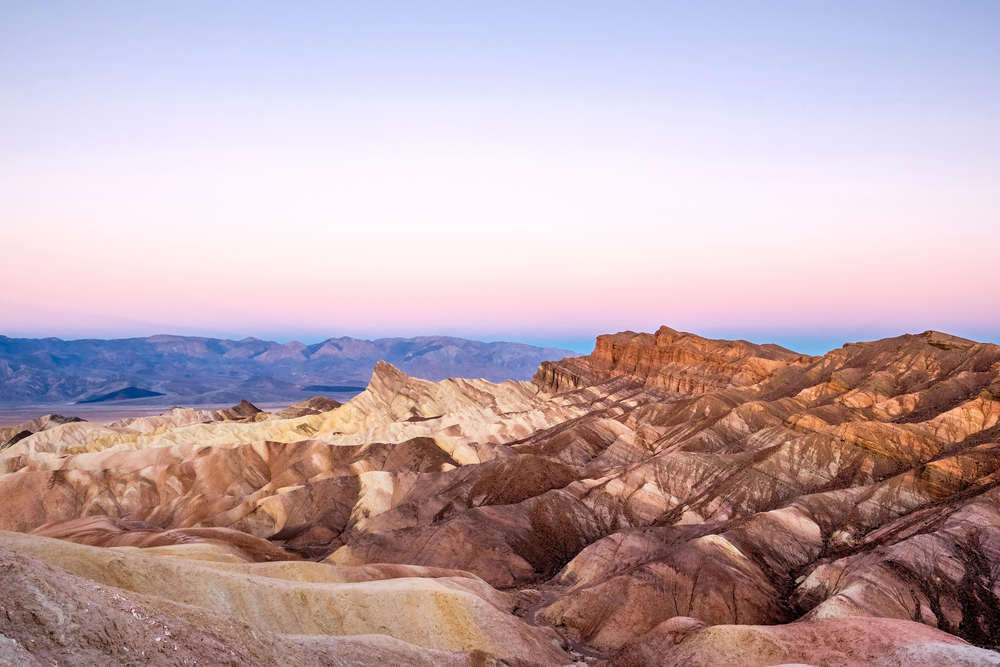
This California desert holds the record for the highest reliably recorded air temperature on Earth at 134°F. Badwater Basin, at 282 feet below sea level, marks the lowest point in North America.
Summer visitors experience extreme heat, while winter brings surprisingly comfortable conditions for exploring the otherworldly landscape. The visitor center provides crucial safety information and current temperature readings.
Specialized vehicles and abundant water supplies are essential for exploring remote areas.
Like Travel Pug’s content? Follow us on MSN.
Oymyakon
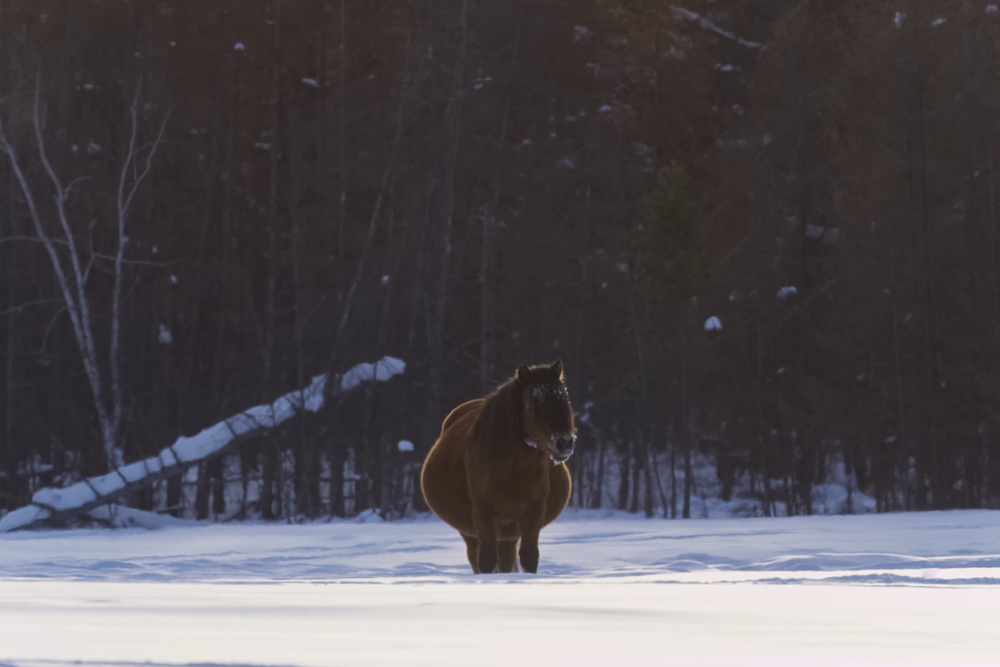
This Siberian village claims the title of coldest permanently inhabited place on Earth, with winter temperatures dropping to minus 88°F. The small community of 500 people maintains traditional lifestyles adapted to extreme cold.
Visitors can experience the unique challenges of daily life at these temperatures, from frozen eyelashes to cars that never turn off. Local families offer homestays, providing intimate glimpses into Arctic living. The village school closes only when temperatures drop below minus 62°F.
Danakil Depression
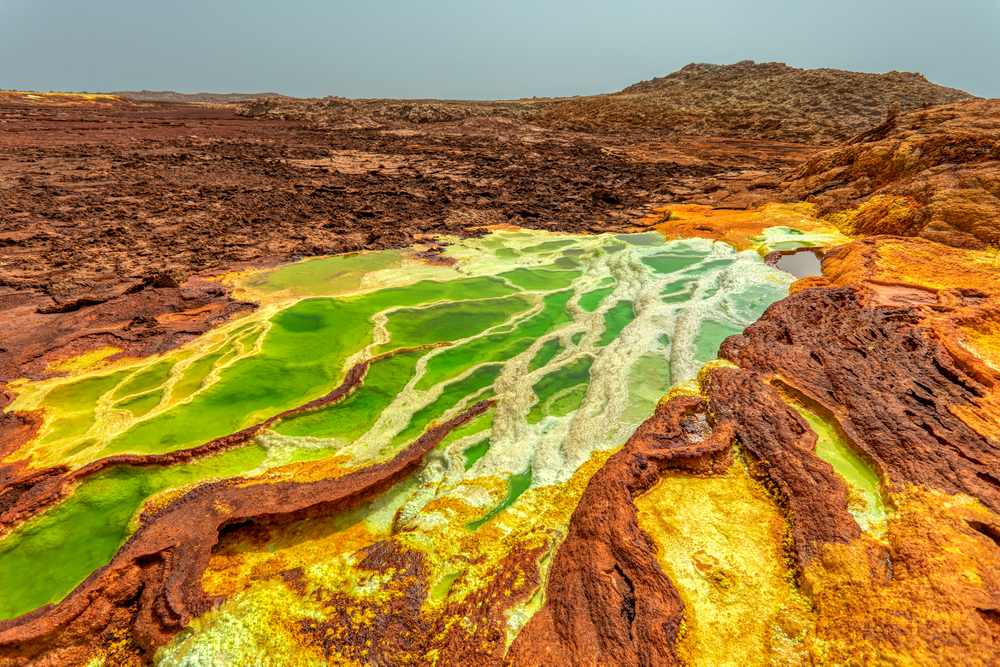
Ethiopia’s geological wonder combines extreme heat, toxic gases, and acidic hot springs in an alien landscape. The region features multicolored mineral pools and salt flats that stretch to the horizon.
Temperatures regularly exceed 122°F while sulfuric gases create challenging breathing conditions. Local Afar guides lead expeditions through this harsh but fascinating environment. Special permits and experienced operators are required for safe access.
Krubera Cave
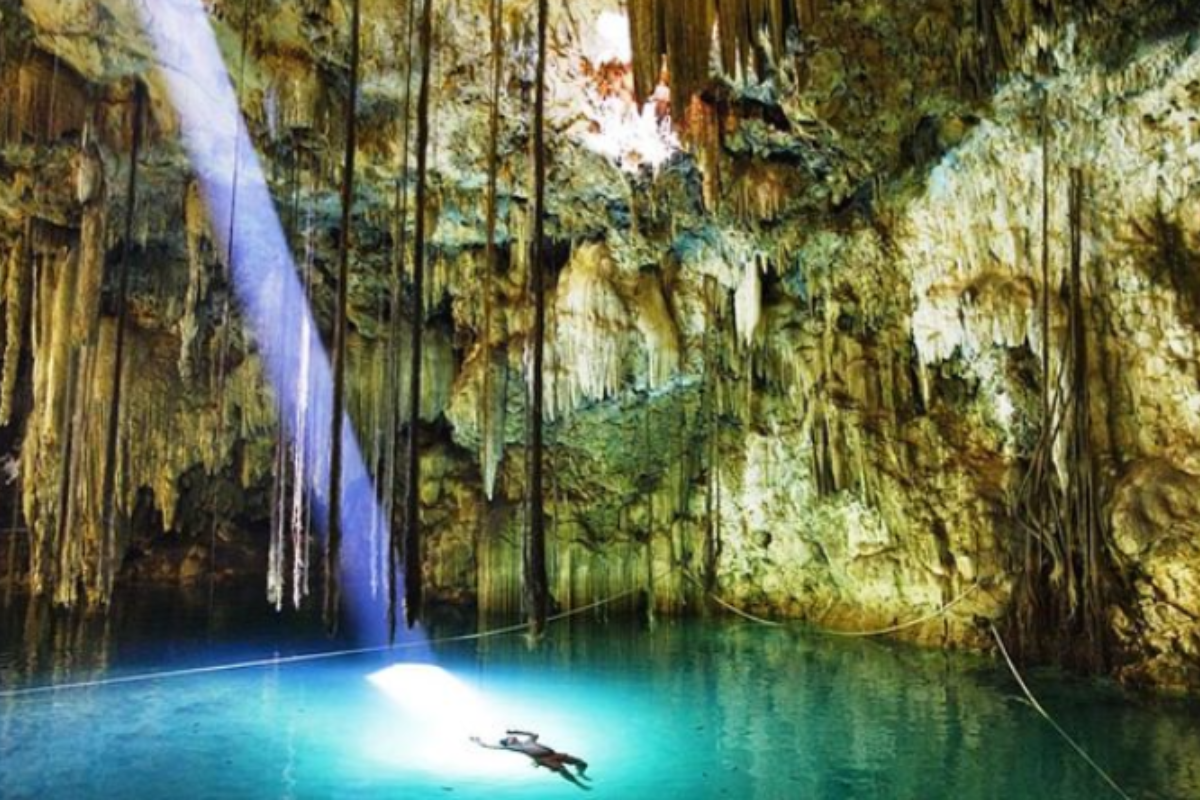
Located in Georgia’s Arabika Massif, this supercave plunges 7,208 feet into the Earth, marking the deepest known cave system. Advanced spelunkers can arrange expeditions reaching various depths, each requiring different technical skills.
The cave maintains a constant temperature of 41°F regardless of surface conditions. Professional guides manage complex rope systems and safety equipment. Complete descents require weeks of careful progression through narrow passages.
Like Travel Pug’s content? Follow us on MSN.
Dallol
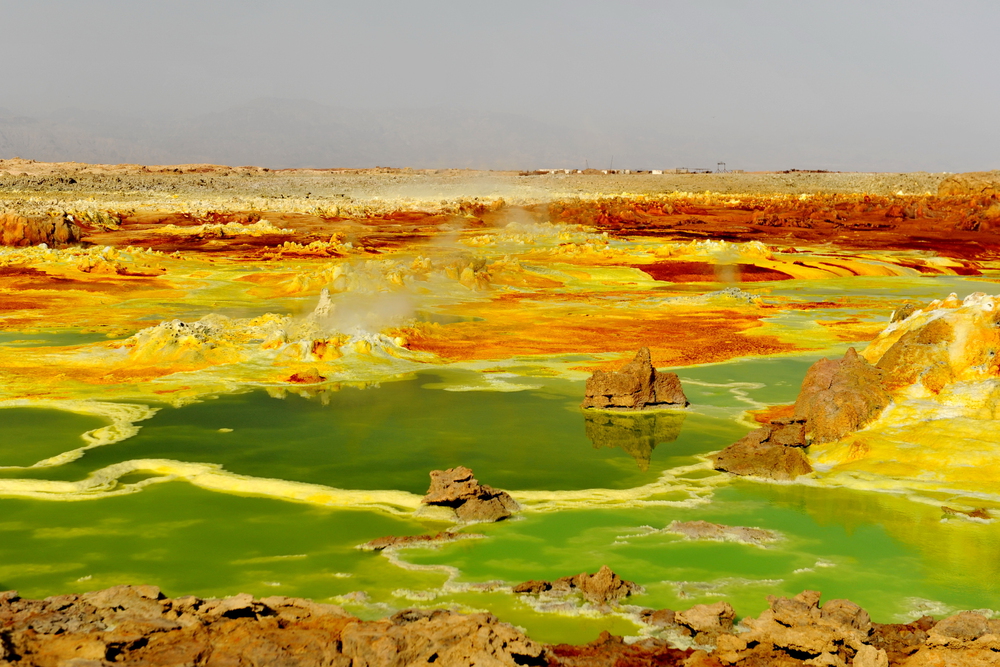
This Ethiopian hot spring system holds the record for the highest average annual temperature at 95°F. The site features psychedelic mineral formations created by geothermal activity and extreme chemical conditions.
Toxic gases and unstable ground require careful navigation with experienced guides. The nearest settlement lies hours away across salt flats, necessitating detailed evacuation plans. Special permits and four-wheel-drive vehicles are essential for access.
La Rinconada
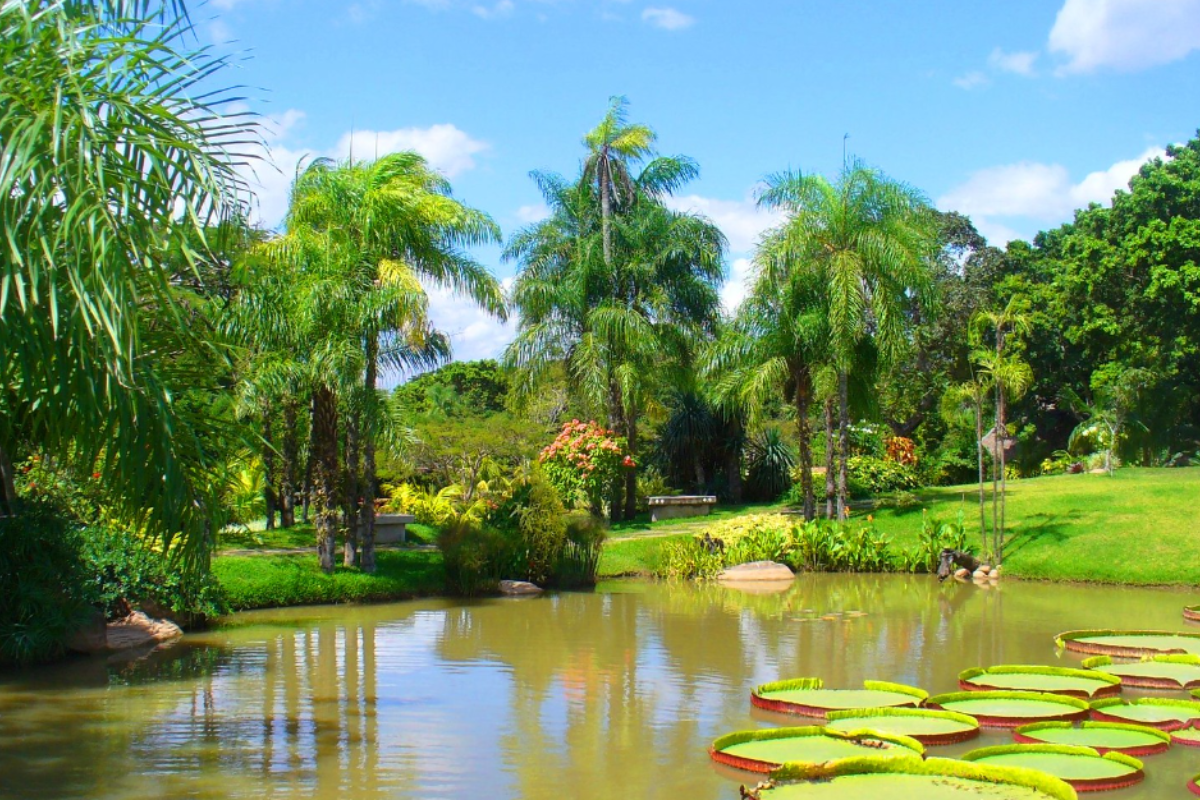
Peru’s highest city sits at 16,732 feet, making it the highest permanent settlement in the world. The gold mining community survives in conditions that challenge human physiology.
Visitors must acclimatize gradually while local guides explain altitude adaptation techniques. Basic amenities are limited, with guests depending on local hospitality. The extreme elevation affects everything from cooking to breathing.
Vostok Station
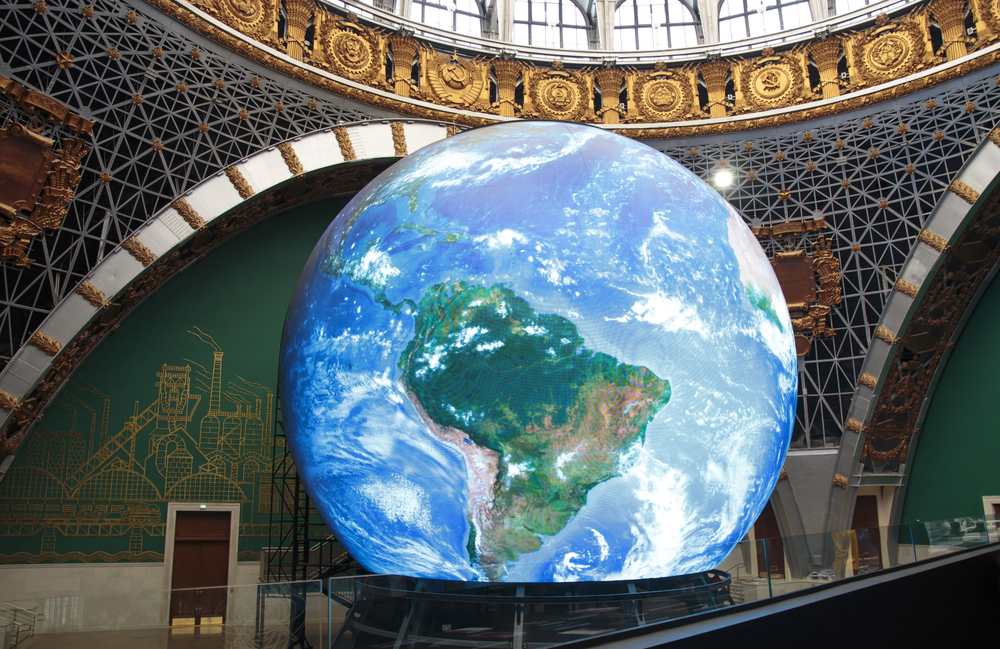
This Russian research station in Antarctica recorded the lowest temperature ever measured at minus 128.6°F. Summer visitors can arrange specialized tours to experience extreme Antarctic conditions.
The station maintains a small permanent crew conducting crucial climate research. Special permits and extensive medical clearance are required for visits. Transportation depends entirely on specialized aircraft and vehicles.
Like Travel Pug’s content? Follow us on MSN.
Concordia

This Pakistani glacier junction sits at 15,400 feet, offering views of four peaks over 26,000 feet. The site serves as a base camp for expeditions to K2 and other major peaks.
Visitors trek eight days across glaciers to reach this remote mountain crossroads. Local porters manage complex logistics in extreme conditions. The location offers unparalleled views of the Karakoram range.
Deep Cave
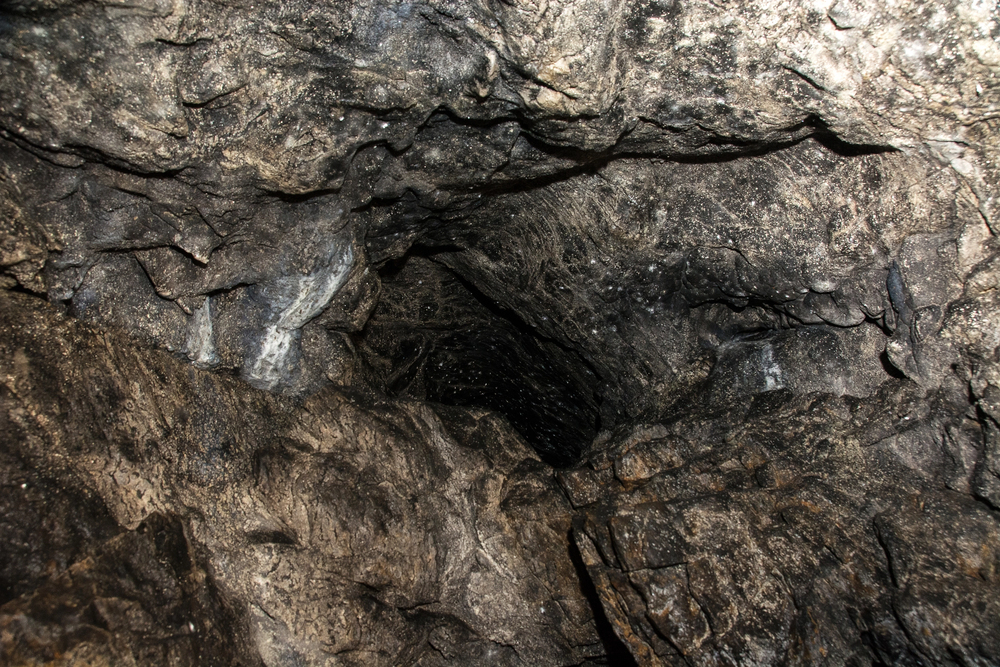
This commercial cave in Texas reaches temperatures of 87°F with 100% humidity, creating some of the most challenging accessible cave conditions. Guided tours explain unique geological formations and cave biology.
Special equipment helps visitors manage extreme humidity levels. Professional guides monitor group conditions carefully. The cave demonstrates how multiple factors create extreme environments.
Like Travel Pug’s content? Follow us on MSN.
Furnace Creek

This Death Valley community holds the record for the highest reliably recorded ground temperature at 201°F. The small town provides essential services for exploring the extreme desert environment.
Summer visitors experience how humans adapt to sustained high temperatures. The visitor center offers crucial safety information and current conditions. Special precautions apply to all outdoor activities.
Erta Ale
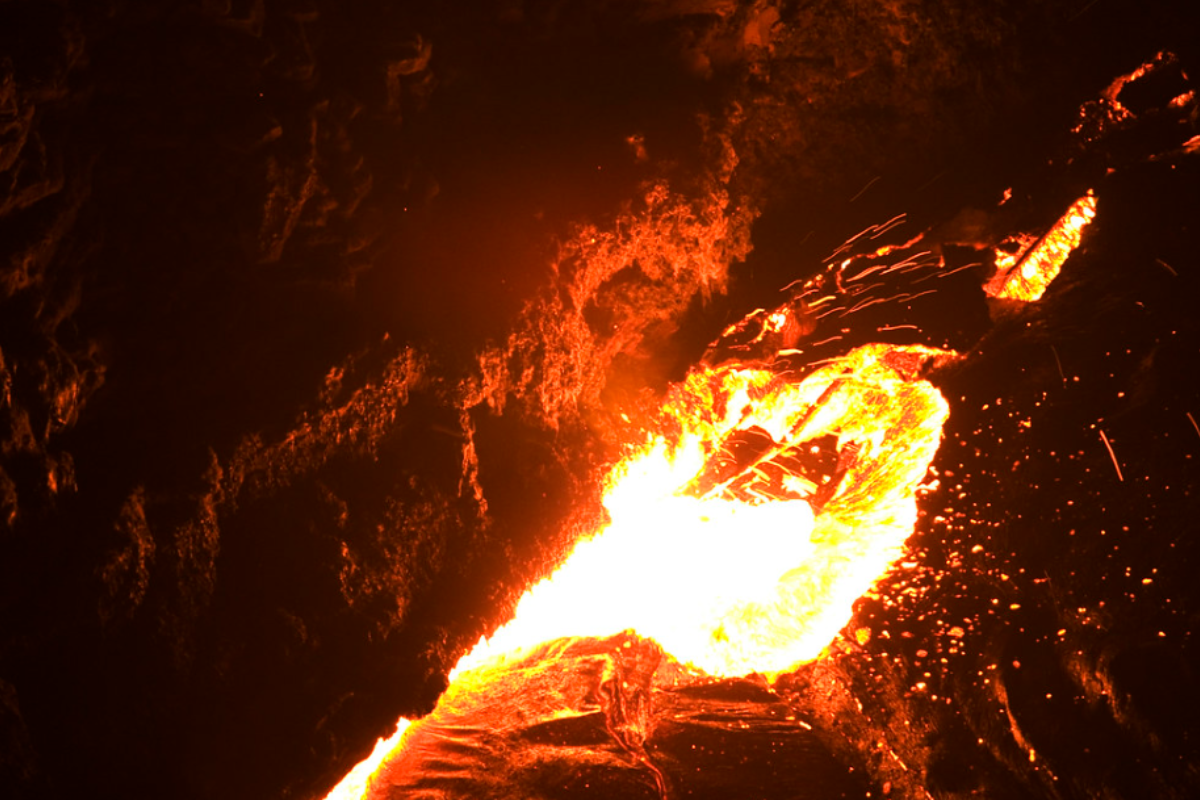
This Ethiopian volcano features one of the world’s few permanent lava lakes. Night hikes allow visitors to observe glowing lava from secure viewpoints. Local Afar guides manage complex logistics in extreme heat conditions.
Special permits and armed escorts ensure safe access. The site combines extreme temperatures with unique geological phenomena.
Salar de Uyuni
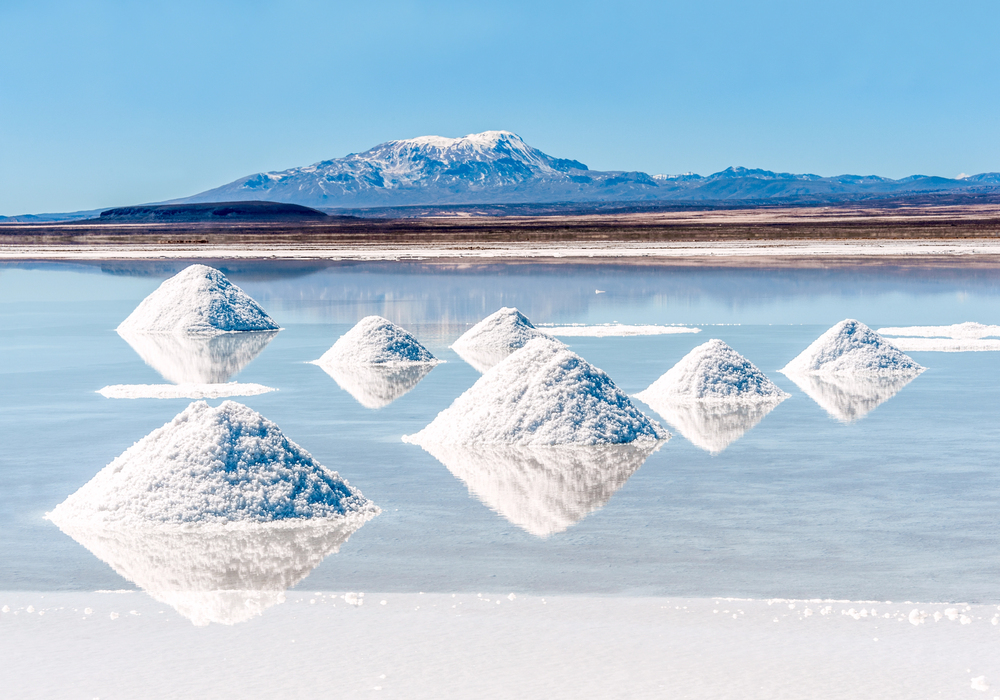
The world’s largest salt flat creates extreme optical conditions that disorient visitors. The 4,086-square-mile expanse sits at 11,995 feet, combining high altitude with harsh sunlight. Specialized tours provide equipment for managing intense UV radiation.
Local guides navigate using GPS as visual references disappear. The site represents an extreme of both size and sensory experience.
Like Travel Pug’s content? Follow us on MSN.
Mirny Mine
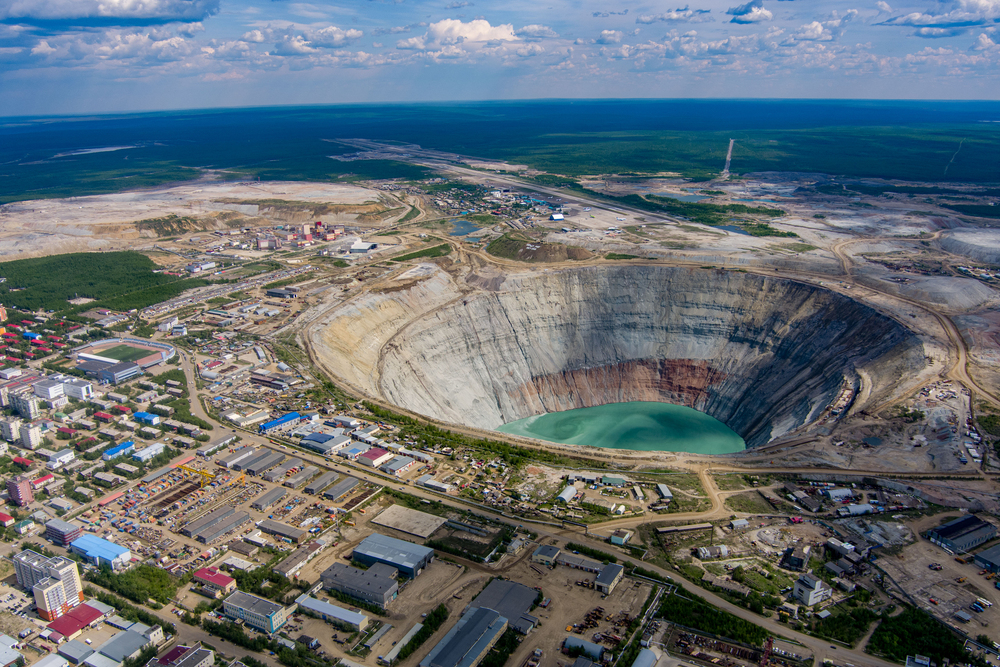
This Siberian diamond mine forms the world’s largest human-made pit at 1,722 feet deep. The massive excavation creates its own weather patterns, including dangerous air currents.
Guided tours explain the engineering challenges of extreme mining operations. Special safety procedures apply to all visitors. The site demonstrates human-created geological extremes.
Tristan da Cunha
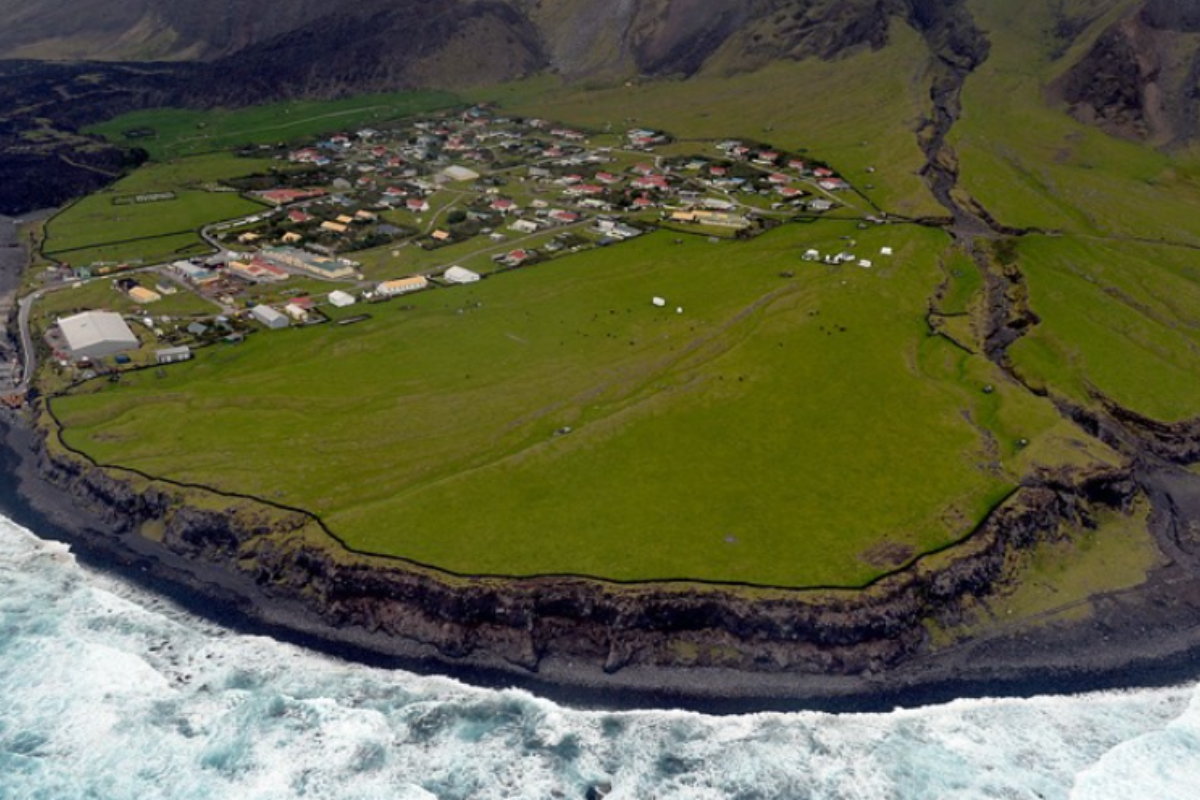
The world’s most remote inhabited island lies 1,491 miles from the nearest mainland. The small community of 250 people maintains a unique lifestyle in complete isolation.
Visitors arrive on irregular cargo ships, staying with local families. The volcanic island creates its own extreme weather conditions. Access requires extensive advance planning.
Mount Thor
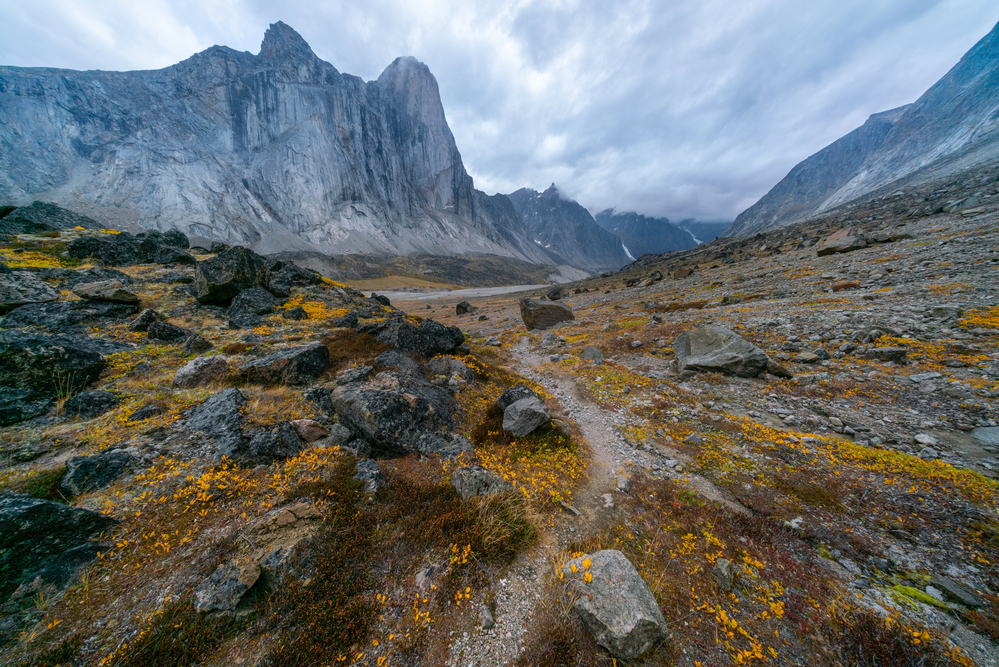
This Canadian peak features Earth’s greatest vertical drop at 4,101 feet. Technical climbers tackle the sheer face while others observe from designated viewpoints. Local Inuit guides share traditional knowledge of the extreme landscape.
Special permits are required to manage access to this remote Arctic site. The location combines extreme topography with Arctic conditions.
Like Travel Pug’s content? Follow us on MSN.
Atacama Desert
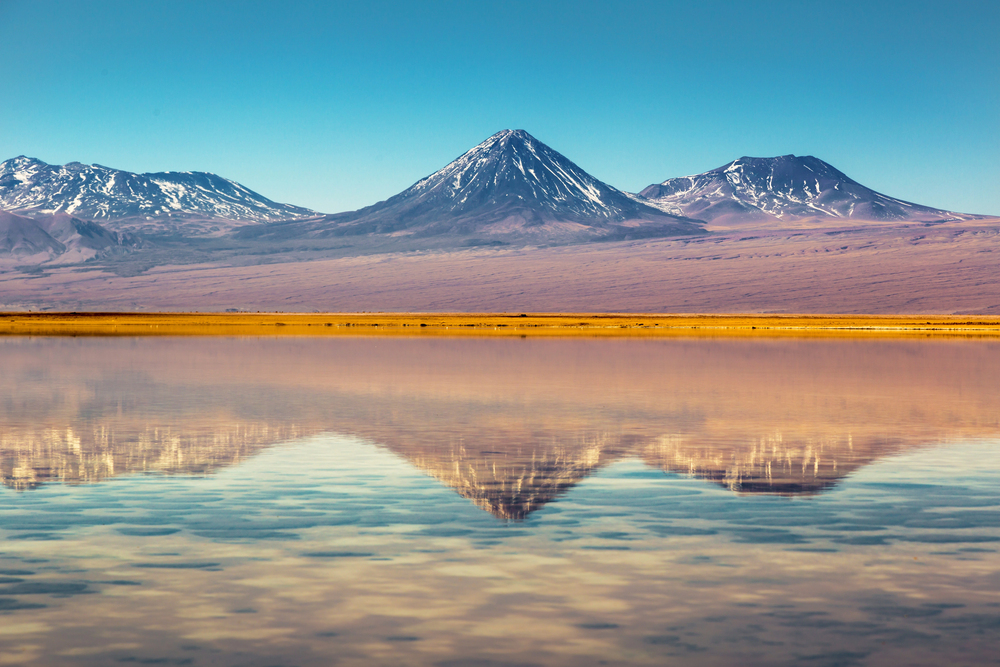
This Chilean desert includes places where no rainfall has ever been recorded. Research stations study extreme desert conditions and astronomical phenomena. Local guides lead expeditions to sites demonstrating extreme aridity.
Special vehicles and water supplies are essential for exploration. The region represents an extreme of meteorological conditions.
Bouvet Island
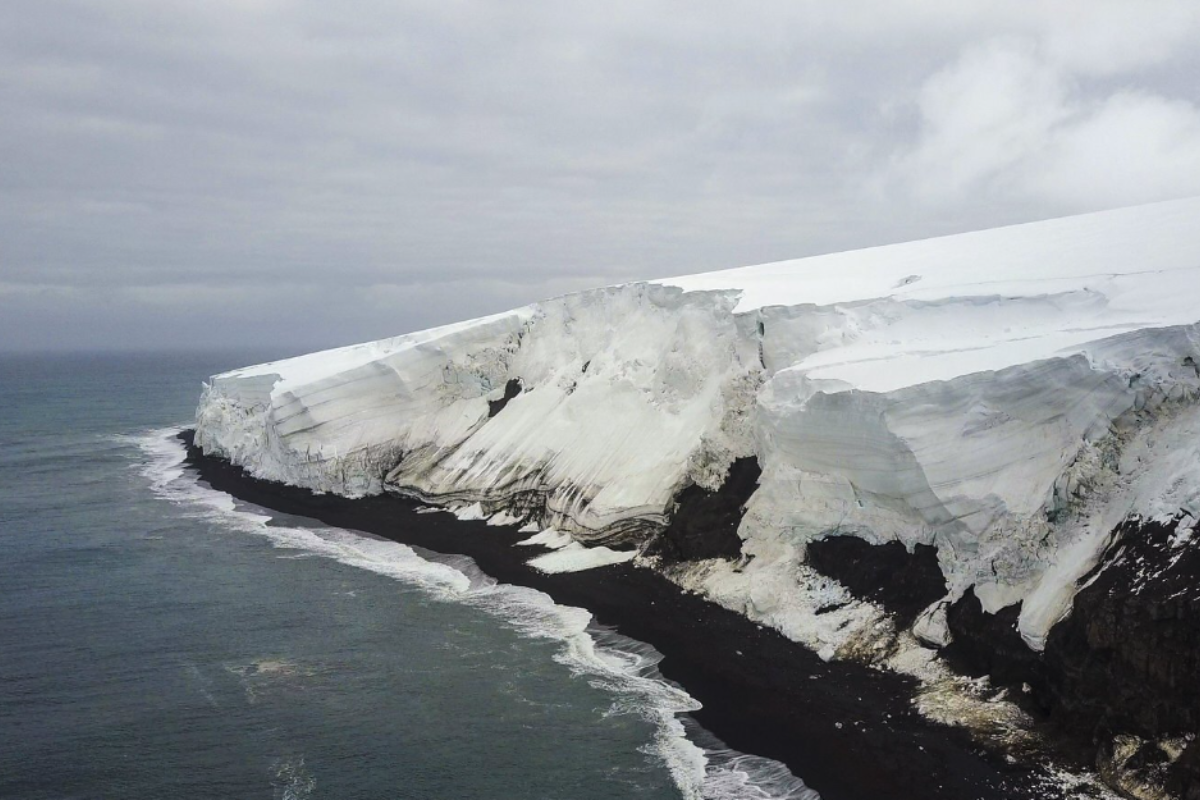
This uninhabited volcanic island represents the most remote land mass on Earth. Scientific expeditions occasionally permit additional participants under strict conditions.
The location experiences extreme Antarctic maritime conditions. Special permits and extensive preparation are required for visits. The site combines multiple types of geographic extremes.
Makgadikgadi Pan
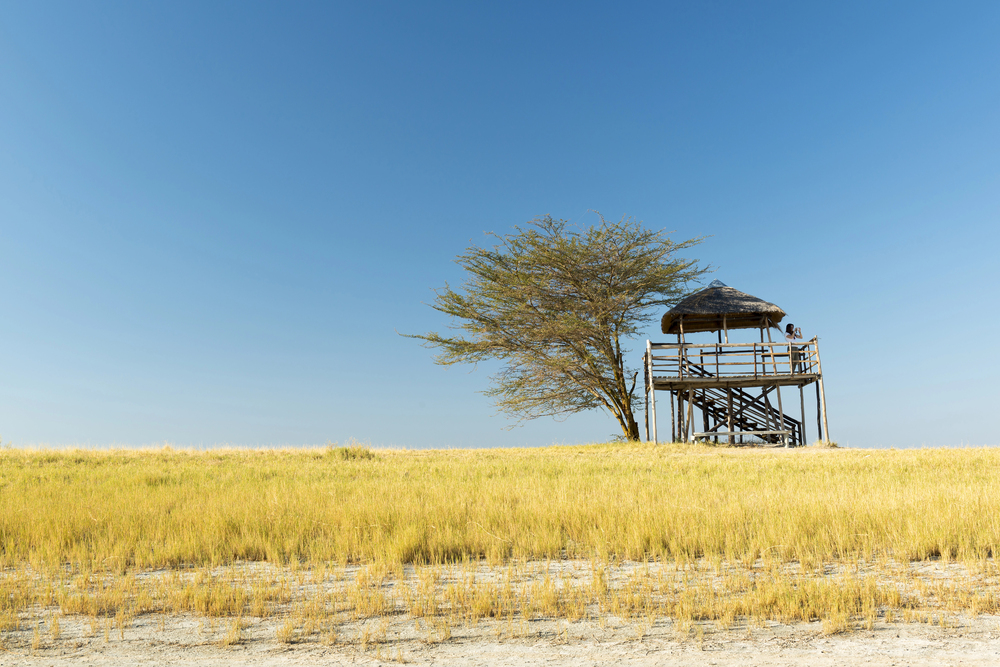
This Botswanan salt flat creates some of the world’s most extreme desert conditions during dry seasons. The vast expanse appears completely flat to the horizon, disorienting visitors.
Local guides navigate this featureless landscape using traditional methods. Special vehicles and water supplies are essential for crossing. The site demonstrates how flat terrain creates unique challenges.
Like Travel Pug’s content? Follow us on MSN.
The Pursuit of Extremes
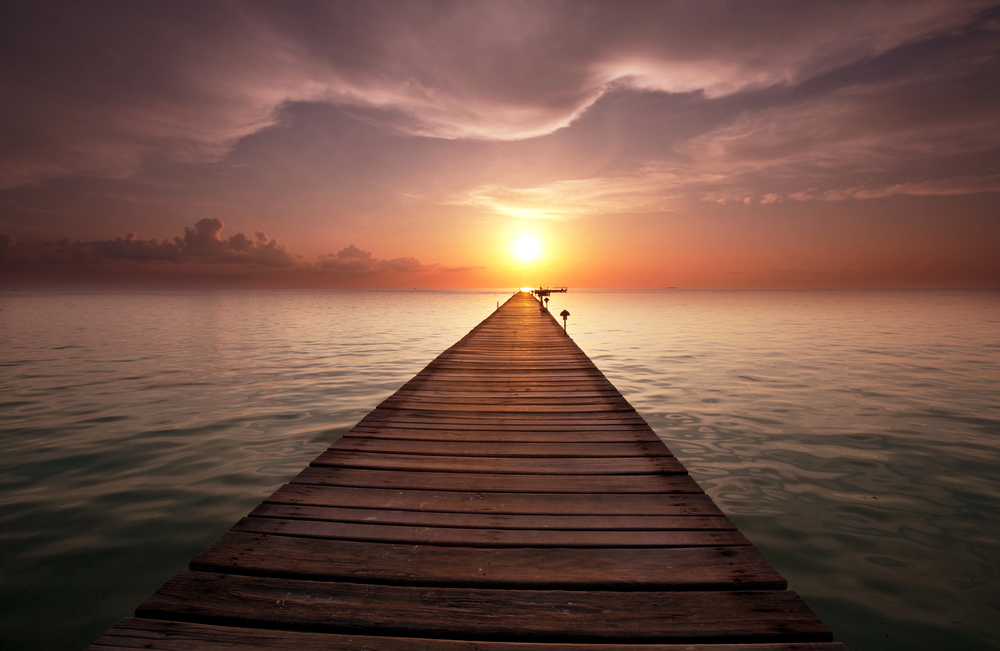
These extraordinary locations represent more than just geographic superlatives – they demonstrate humanity’s persistent drive to explore our planet’s limits.
While modern technology makes these places more accessible than ever, reaching them still requires careful preparation, respect for natural forces, and collaboration with local communities. Their preservation ensures future generations can continue testing the boundaries of human experience in Earth’s most challenging environments.
More from Travel Pug

- 20 Towns Built for One Purpose That Were Later Abandoned
- 15 Hidden Spots in Disney World’s Magic Kingdom Most Visitors Miss
- 15 Most Scenic Walks Anywhere in The World
- 15 Canyons in the U.S. That Are Just as Stunning as the Grand Canyon
- 10 Under-the-Radar Mountain Towns That Are Both Affordable and Beautiful
Like Travel Pug’s content? Follow us on MSN.
